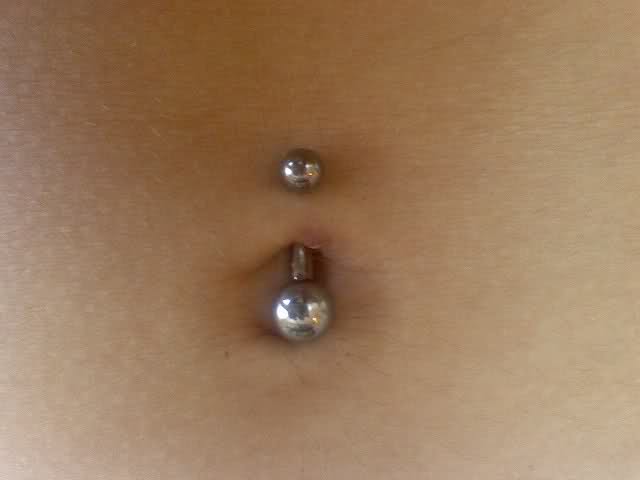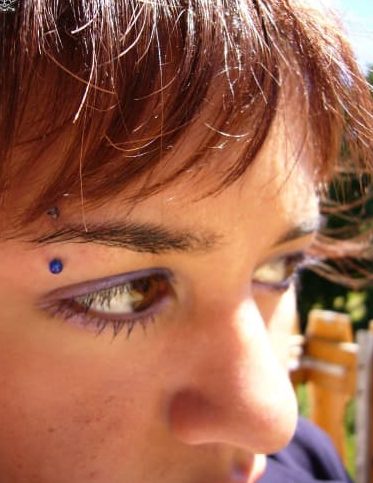Navel Piercing Aftercare That You Need to Follow!
The piercings are normally arranged at a tiny gauge/jewelry girth of 14G (1.6mm or 1/16?) or 16G (1.2mm or 3/64?) and the most prevalent varieties of ornaments used in belly button piercings are belly bars or ball closure rings (BCR)/captive bead rings (CBR).
Where Can You Place Your Navel Piercings
The belly button can be pierced at various angles and places near the navel but here are some of the most common kinds of belly button piercings which include:
- Upper Rim: The regular belly button piercing, at the upper part of the navel ring.
- Lower Rim: This belly button piercing is placed at the bottom of the navel.
- Sides: Anyplace amidst the skin of the upper and lower belly button; usually on the horizontal left or right sides.
Some people also seem to have their actual navel pierced which is only possible if you have an outie. It is called a “true navel piercing.” However, it has its own pros and cons, especially that it can cause a lot of problems while healing. It also has more chances of getting misplaced and uncontrolled movement.
Some people also choose to get a surface piercing on their navel to emphasize the style and improve the standard navel piercing. Technically, they are not called belly button piercing.
What You Must Know Before You Get a Navel Piercing
If you want that your navel piercing must heal properly, here are a few rules that you must follow at all costs. It all begins even before you get pierced. This suggests that you must talk to your piercer before getting pierced for being aware of what you are getting into and for proper healing of the skin without any lingering issues.
If you have an outie belly button, you might wanna ask the style of piercing that the piercer would do on you. If you decide on going for a full-blown surface piercing, know that for an outie, there are more chances for rejection or migration with a surface piercing. If you feel that this is the only option that has been left here, ask for your piercer to pierce you at a heavier gauge that is not smaller than 12g. It is quite well known that the heavier your gauge or the deeper your piercing is, it would be less likely for your piercing to reject or migrate to another place. It is not just true for belly piercings but also for other standard piercings. The heavier gauge and deeper piercings won’t move from their spot than the smaller gauge jewelry which is lesser than 16g.






